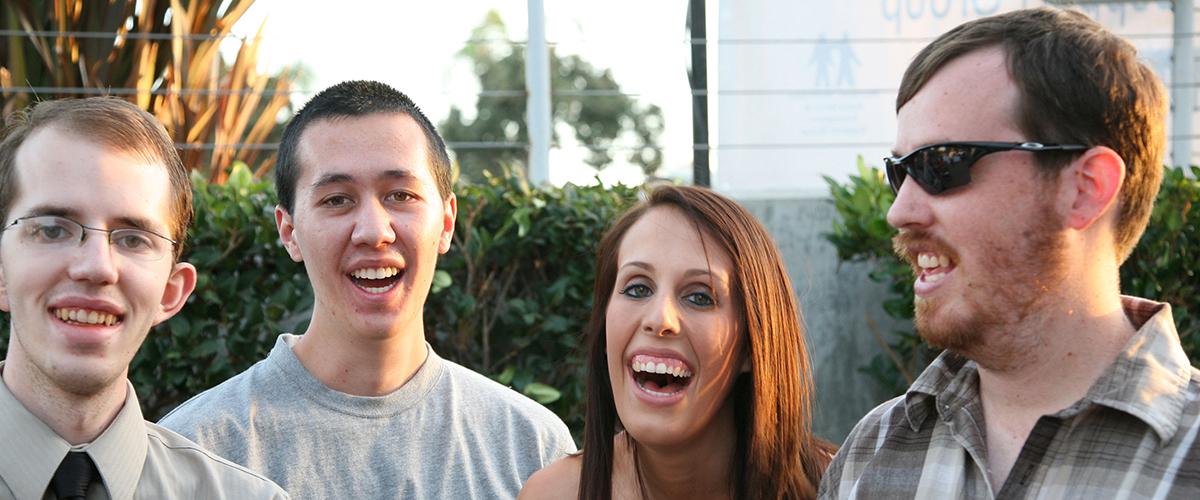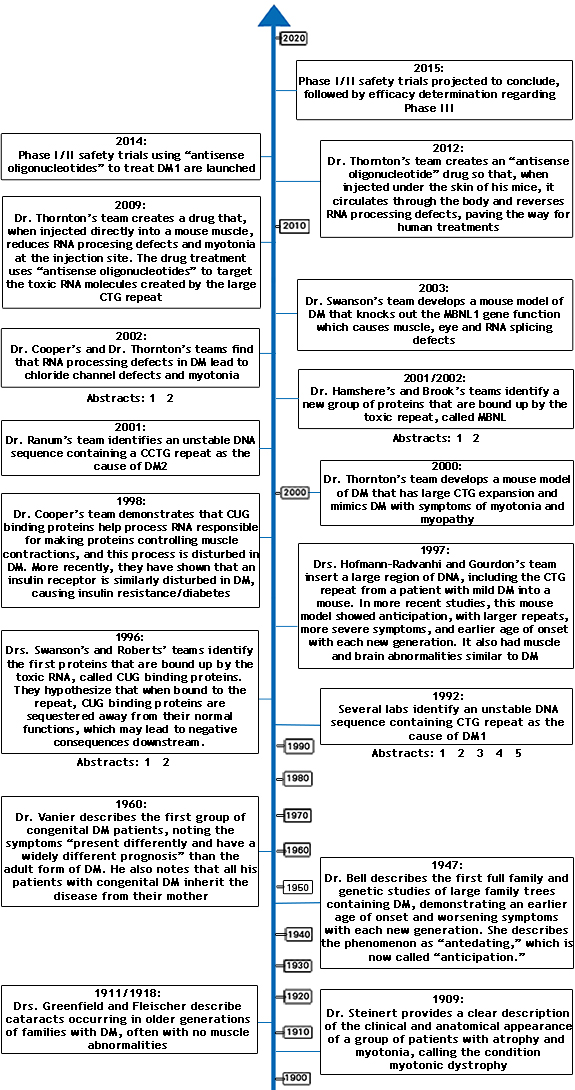Dr. Richard Moxley, the Helen & Irving Fine Professor in Neurology at the University of Rochester Medical Center, Director of the Wellstone Muscular Dystrophy Cooperative Research Center at U of R, and a global leader in myotonic dystrophy (DM) clinical care and research, recently talked with MDF about his long and exceptionally distinguished career in neurology. We were particularly pleased to catch up with Mox, as he’s known to his professional colleagues, because of his impact on the field, and because he is one of the most respected and well-loved clinicians in our community.
Dr. Moxley’s initial interest in neurology grew out of a love of sports, a desire to help others and deep curiosity about how muscles work. “Even as a relatively young person growing up in Birmingham, Alabama, I’ve always known I wanted to help people. As a frustrated jock, I also loved learning how muscles worked,” Dr. Moxley explains.
He attended Harvard University as an undergrad where he majored in biochemical sciences, continued his interest in sports, and increased his interest in metabolism and medicine. He graduated in 1962. Later, while attending medical school at the University of Pennsylvania in the mid-1960s, Dr. Moxley not only met and married his "better half," Joan, but also had the good fortune of meeting Dr. Milton Shy who, in his opinion, is the father of muscle disease in the United States.
Dr. Moxley was one of many doctors and researchers who studied with Dr. Shy and was influenced by the pioneering work of Dr. Shy and his colleagues. At the same time, Dr. Moxley’s cousin, who was a fighter pilot in the Vietnam War, was complaining of muscle problems and was later diagnosed with myotonic dystrophy, as was his cousin’s younger brother.
This personal family connection, together with his training with Dr. Shy, further stimulated Dr. Moxley’s interest in skeletal muscle function and disease and led him to apply for a two year assignment as Public Health Service officer at the NIH Heart Disease and Stroke Control Program, where he was assigned to NASA Headquarters, studying exercise physiology and running a cardiac health exercise intervention study.
After completing his two year PHS assignment at NIH and NASA, Dr. Moxley was slated to return to work with Dr. Shy, but his mentor passed away unexpectedly. Dr. Moxley headed instead to Harvard’s Longwood Neurology Program for training in both adult and child neurology. One of his mentors at the Longwood Program, Dr. David Dawson, encouraged him to continue the study of skeletal muscle disease and during his final year of residency guided Dr. Moxley to contact Dr. Kenneth Zierler, an international authority on muscle blood flow and insulin action at Johns Hopkins Medical Center.
After completing his neurology residency, Dr. Moxley and his family moved on to Johns Hopkins, where he received a two year Special NIH fellowship award for training as an endocrinology-metabolism fellow. It was there that he learned the human forearm perfusion technique, performed studies of forearm exercise and blood flow, and investigated insulin action, especially its effects on glucose and amino acid metabolism. Dr. Moxley chose this technique because it seemed particularly well suited to the study of forearm metabolism in patients with myotonic dystrophy who have forearm muscle wasting and weakness as well as insulin resistance.
Over subsequent years Dr. Moxley and colleagues used the forearm method and whole body insulin infusion techniques to characterize the insulin resistance in myotonic dystrophy and evaluate how insulin resistance contributes to muscle wasting, weakness and alterations in glucose and protein metabolism. We now know that the insulin resistance in DM results from a defect in the synthesis of the proper adult form of the insulin receptor in skeletal muscle and that this alteration, caused by the mutation and accumulation of toxic RNA in myotonic dystrophy, probably occurs early in disease progression.
During the final year of his fellowship at Johns Hopkins, Dr. Moxley talked with his good friend Dr. Gary Meyers, with whom he had trained at Harvard’s Longwood Program and who is still a faculty member of the Department of Neurology at the University of Rochester.
According to Dr. Moxley, Dr. Meyers said to him, "Mox, you, Joan and the kids ought to look at job opportunities in Rochester. There’s a young fellow there, Berch Griggs, who is interested in muscle disease. You would get along with him great. The chairman of the Department is also super. He is Dr. Robert Joynt." Dr. Meyers’ advice was “right on” and Dr. Moxley says “After 40 years, Gary still gives us good advice and Berch Griggs is a close friend and colleague.”
In 1974, Dr. Moxley accepted an appointment as Assistant Professor of Neurology and Pediatrics in the Department of Neurology at the University of Rochester, and he, Joan, and his daughter and son moved to Rochester. The Moxleys initially thought Rochester would be too cold and anticipated that they would stay for only two to three years before relocating to a warmer climate. However, the people of the Medical Center made Rochester a warm and friendly place, and the Moxleys raised their family in a very supportive Rochester community.
Over the following 40 years Dr. Moxley and Dr. Griggs have pioneered treatments for neuromuscular diseases, focusing on the most common forms of muscular dystrophy: myotonic dystrophy and Duchenne muscular dystrophy. Dr. Moxley and his colleagues have trained doctors and created fellowship programs in neuromuscular disease.
“When I started in this field, there was no understanding of the molecular basis of DM or Duchenne muscular dystrophy,” Dr. Moxley says. “The discovery of the genes responsible for these forms of muscular dystrophy is fairly recent. My question then was ‘Why do muscles get small? Is that related to why they get weak?’ I was convinced that one reason was the loss of insulin action or other hormones that act like insulin.
“Over the years, the focus of our clinical research had been to parallel the advances in molecular research,” he continues. “Most recently our research has become more translational, using what’s known about molecular biology and understanding how to apply it to the manifestations of DM. What I wanted to do was to see if I could develop new, more effective clinical research approaches using animal models as well as investigations in humans to identify promising ways to treat patients. I also wanted to include people with DM in my studies.”
Today, Dr. Moxley’s achievements in DM research and care have attracted some of the top doctors and researchers in the field to the University of Rochester, including Dr. Charles Thornton and Dr. Rabi Tawil. Dr. Moxley has been the recipient of a number of national and international awards, including the annual designation - since 2011 - of “Top Doctor” by U.S. News and World Report, election by his peers for inclusion in “Best Doctors in America” from 1992 to the present, and the Lifetime Achievement Award for Research and Treatment from MDF in 2007.
“I’m optimistic that we’re going to develop treatments for people with DM,” states Dr. Moxley . To get to treatments, though, Dr. Moxley notes: “We absolutely have to work with patients in a grassroots way and get to know them. My hope is that they, in turn, will develop enough of an understanding of their disease to partner with their doctors and assist the research community."
“In the beginning, there were people who discouraged me from studying neurology and DM because their thought was ‘you can’t do anything for them’ – they thought patients with DM were hopeless,” Dr. Moxley admits. “But I don’t believe in hopeless. I believe that anything you can do to help the patient is an improvement. I wasn’t frightened by the fact that we had a big challenge ahead of us. And I’m still not.”
02/21/2014


